As a self-proclaimed weather nerd, I often find myself diving into various weather models and analyzing what they predict for upcoming events.
That was the case in the days leading up to the catastrophic flooding in the Texas Hill Country and Concho Valley during the first days of July 2025. The flood caught many by surprise, and as I look back, I can’t help but wonder if we could have done more to warn residents.
Early Warning Signs from Weather Models
Several days before July 4, I noticed that some weather models were showing the possibility of isolated pockets of heavy rainfall in the Hill Country, with potential rainfall totals surpassing a foot.
As the models predicted, these heavy downpours could cause localized flooding. However, forecasting models can be unpredictable, and some meteorologists expressed concern but were hesitant to sound the alarm too early.
By July 2, the models were showing a more general rain event moving into central Texas in the next 24-48 hours. The forecast still predicted one to two inches of rainfall, which didn’t raise many red flags, as that amount is often seen during typical storms.
But despite the models pointing to potential rain, the focus wasn’t on the flood threat—until it was too late.
Forecasting Is a Complex Science
Let me be clear: forecasting weather is not an exact science. There are countless variables—air temperature, pressure systems, wind patterns, humidity levels—that all play a role.
Even the best models can give different predictions depending on how these variables interact. If the majority of weather models show a certain outlook, it’s understandable for meteorologists and authorities to focus on that scenario.
However, with weather like this, unpredictability can lead to catastrophic results. In the case of the Texas Hill Country flood, some models did show the possibility of an extreme event, but the consensus was that it would only bring isolated storms and a few inches of rain.
The flood event that actually occurred was far worse than most forecasts predicted, leaving many people unprepared.
Should We Have Been More Proactive?
Here’s the real question: At what point should authorities begin warning people about a possible flood threat? If only a few weather models show the potential for severe flooding, but the general consensus is that it won’t happen, should we still be sounding the alarm?
Should we have been more proactive and warned residents in flood-prone areas, even with a remote chance?
I truly believe that we need to have a meaningful discussion about this. It’s not about sounding an alarm every time there’s a small chance of a storm.
But when you see a growing risk—even if it’s a slight one—especially in areas that are known for flash floods, isn’t it worth issuing a cautionary warning? Could we have done more to prepare the public, especially in vulnerable areas along rivers and creeks?
The Heartbreak of a Preventable Tragedy
Please understand, I’m not trying to second-guess those who work tirelessly to provide forecasts and warnings. Forecasting is challenging, and no one can predict exactly when or where disaster will strike.
But when I see the heartbreaking stories of families who lost loved ones or are still searching for missing people, I can’t help but wonder if there’s a way to make these warnings more meaningful—especially when the threat is still uncertain.
Could we have been more proactive in getting the word out, even if the flood threat seemed unlikely at first?
Could we have given people in flood-prone areas the chance to prepare or evacuate, even if the odds were slim? Maybe we can do better in the future by taking these warnings seriously when even a small threat emerges.

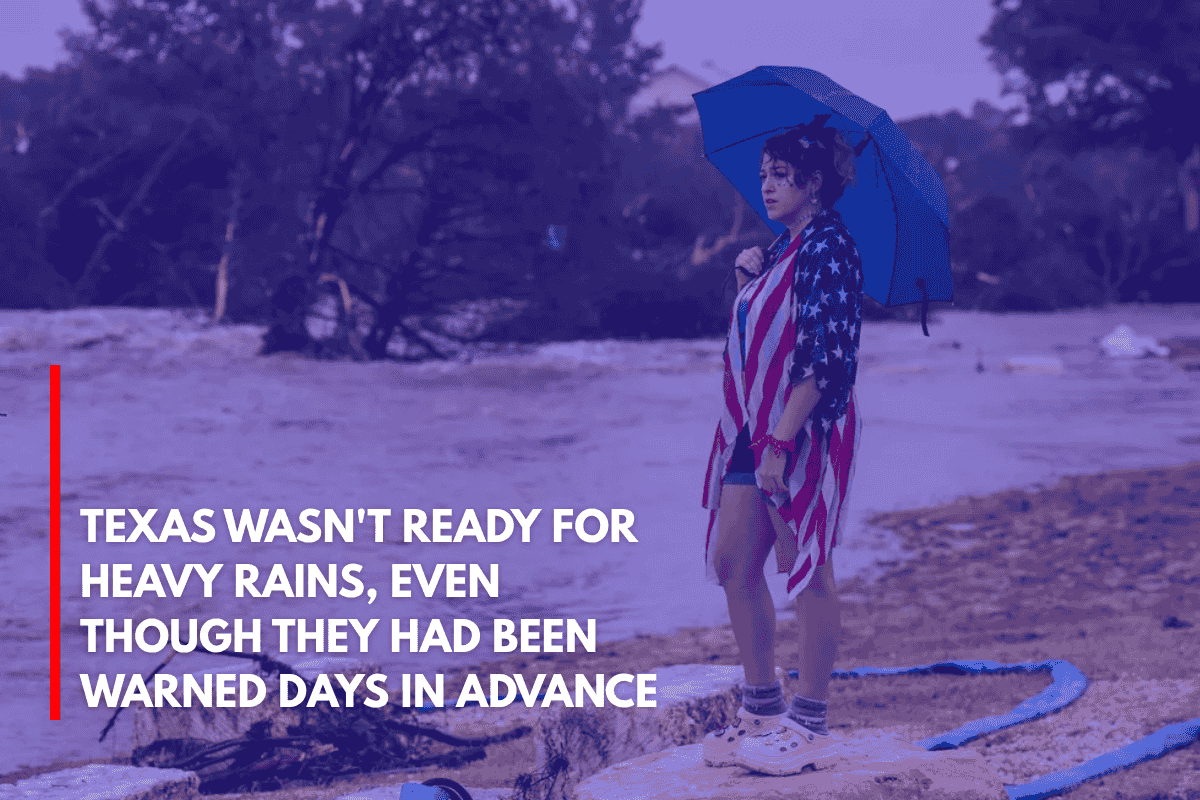
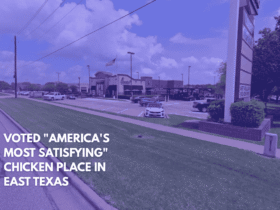
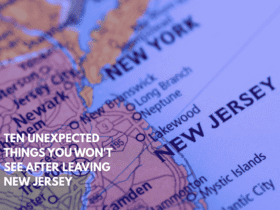


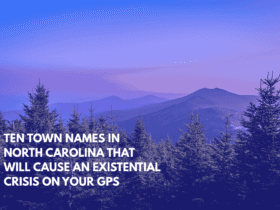


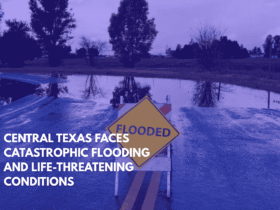

Leave a Reply